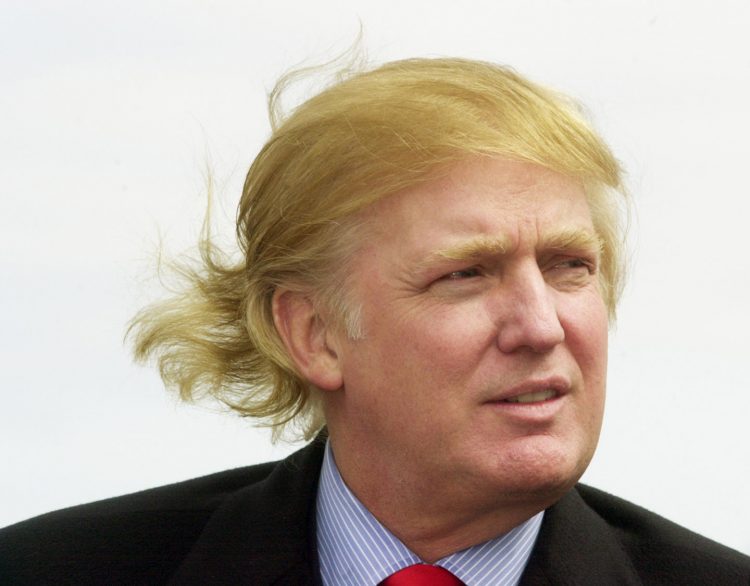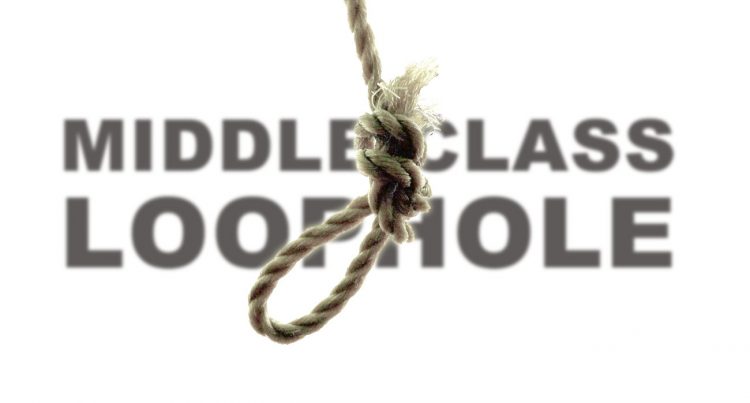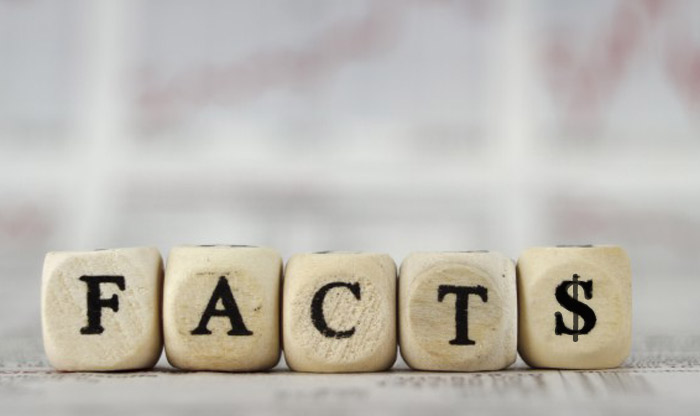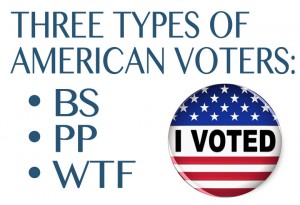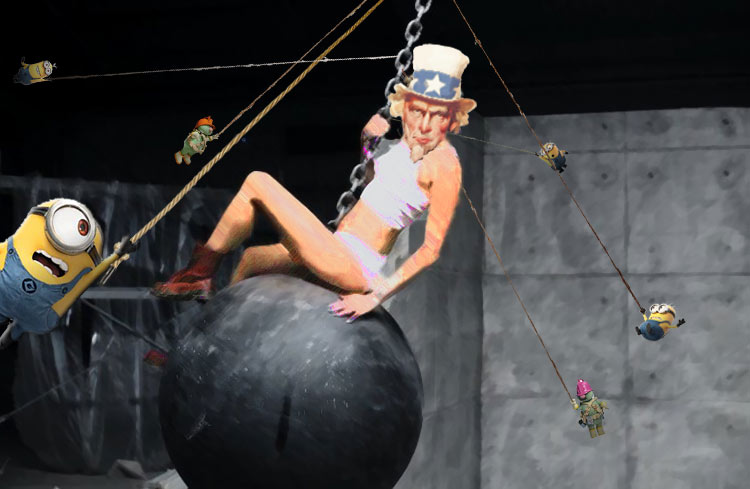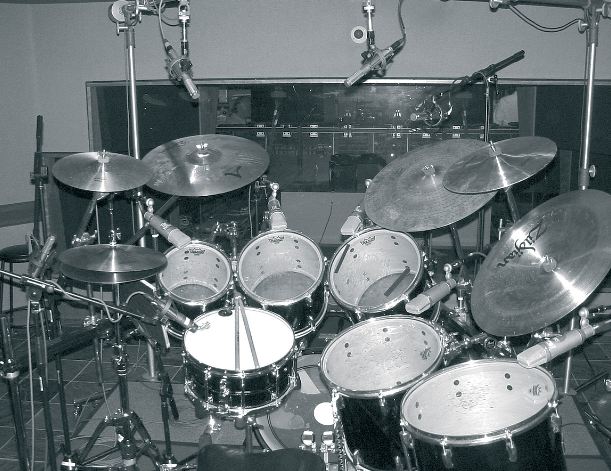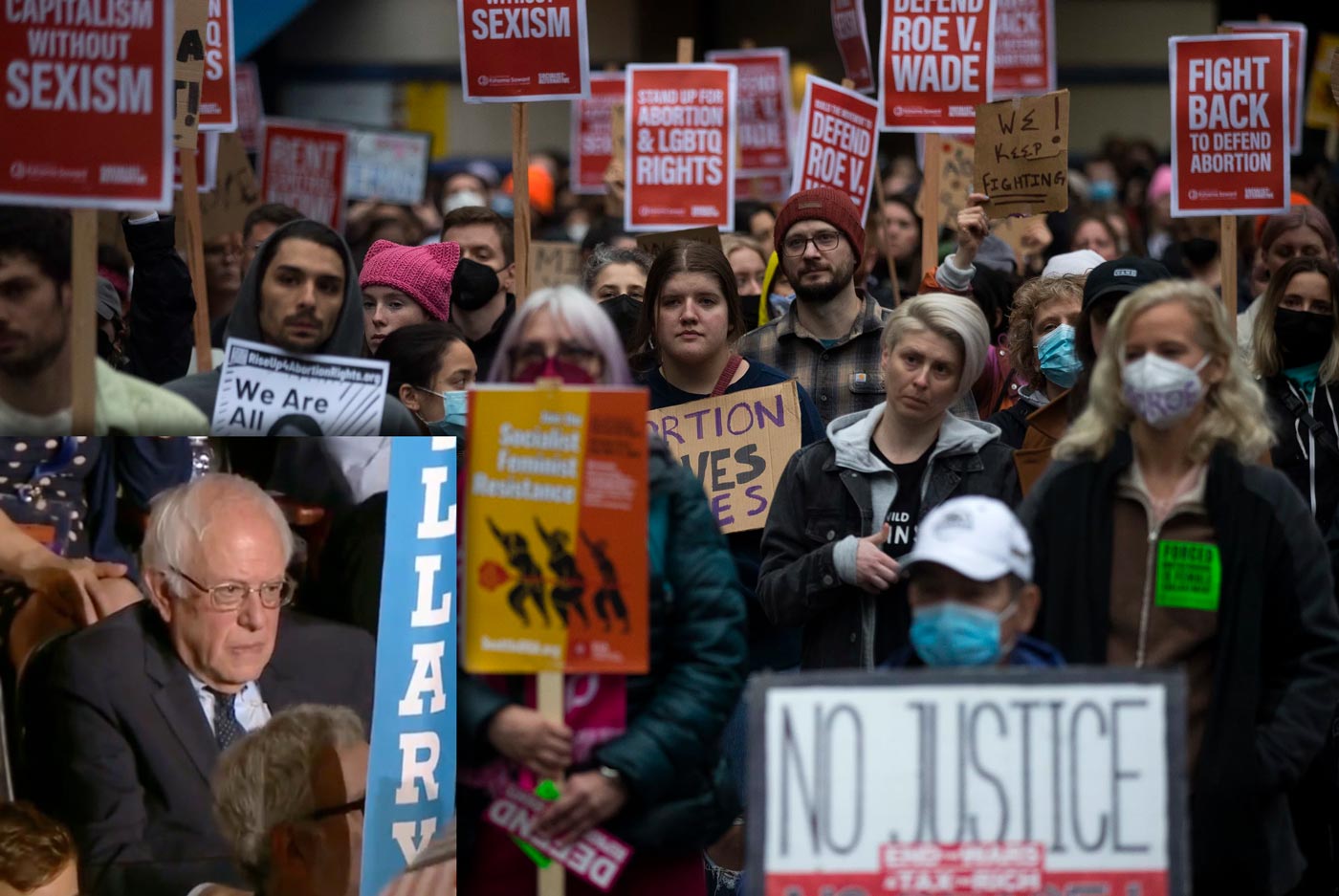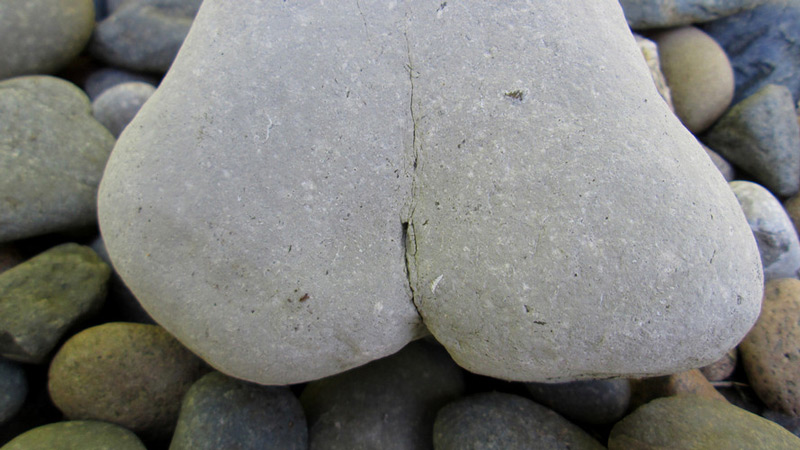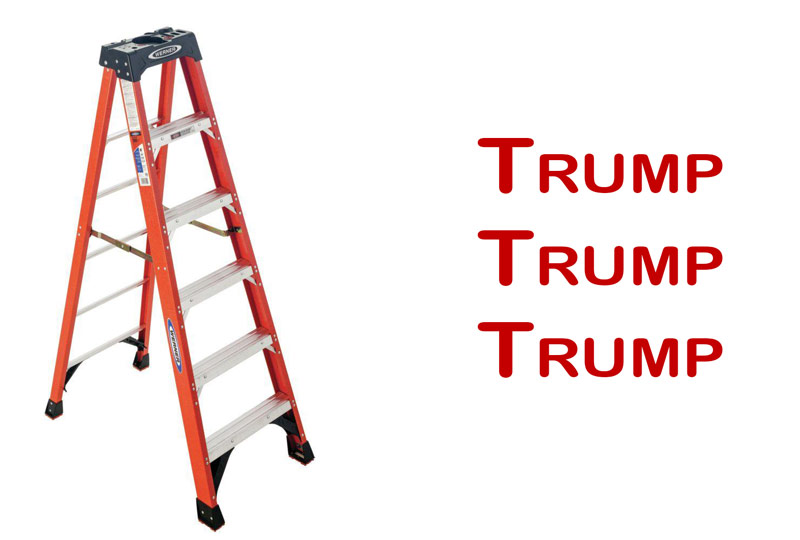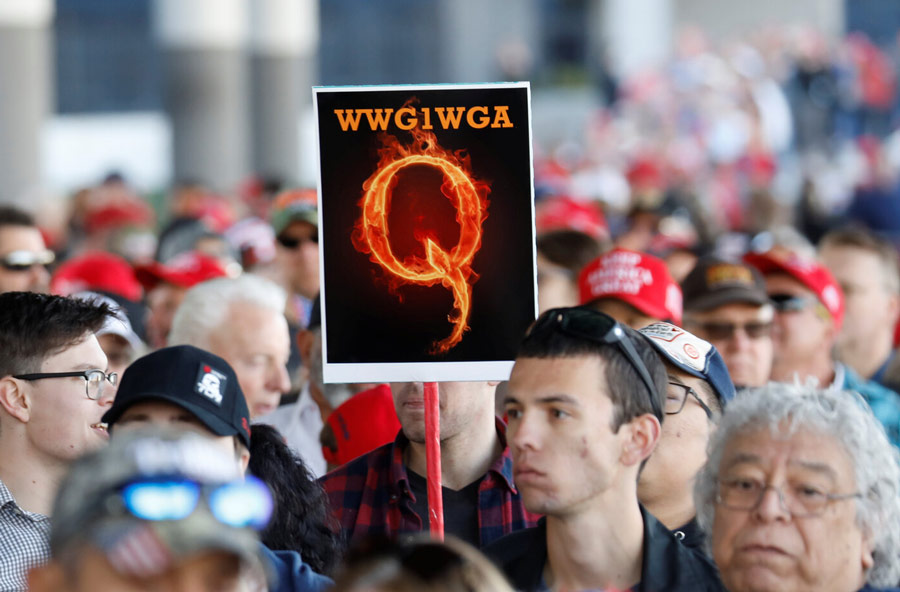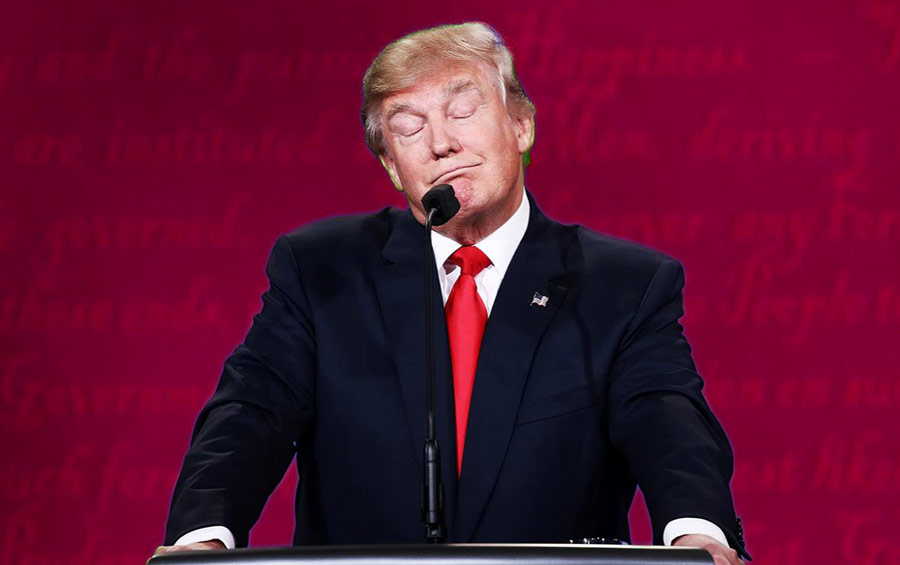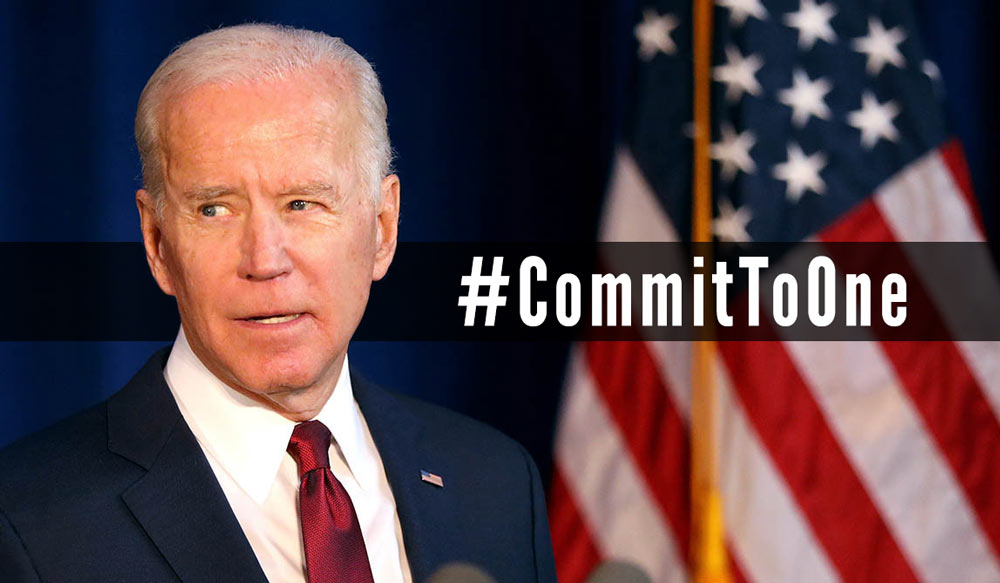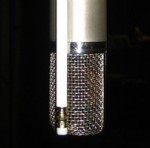 Get rid of plosives when recording vocals if you don’t have a pop filter.
Get rid of plosives when recording vocals if you don’t have a pop filter.
At first it might sound strange, but having a spare pencil, and a couple rubber bands (or a piece of artist tape works fine, too) is yet another one of those practices that has saved me a lot of time in vocal recording sessions.
When you have a particularly aggressive vocalist you’re going to have a lot of problems with P’s, B’s, which is a result of the air hitting the microphone diaphragm with a lot of intensity.
The point of a pop filter and afros is to partly block, and partly disperse that rush of air that happens when someone sings a word with P’s, B’s, and sometimes T’s. Good singers can control this, but most of them aren’t as good as they think they are, honestly. Even singers with good tone and pitch can have lousy mic technique, which can destroy a vocal track.
It’s the recording engineer’s job to first try reducing these problems with the tools you have before you start asking the singer to fix it with how they’re addressing the microphone (the more the singer has to think, the worse their performance will be).
You might find yourself without a proper pop filter, or more often, the pop filter isn’t quite doing the job on its own – that’s when you pull out the one of the old audio engineer tricks: using a pencil as a pop filter. Try all of these first, before you start asking coaching the vocalist about it.
Getting rid of singer plosives when recording in the studio (all options):
- The easy way (but doesn’t always solve all your problems): Use a pop filter. BUT: ANGLE IT. Remember, the point is to not fully block air (otherwise you’d have only indirect sound), it’s also to defect the extra air so that it doesn’t directly hit the diaphragm and cause the air pop. Use its angle to help deflect more of that air from hitting the mic straight on. Do not place the pop filter so that it’s parallel with the mic. Think of it like reflecting light with a mirror, but you’re reflecting (or deflecting) air. If you angle the pop filter so that it’s not parallel to the microphone diaphragm, then that will help push some air off to the side.
- Angle the microphone. Sometimes I’ve had to go as far as having someone sing into the top of a side- address mic so that the air is traveling parallel with the diaphragm rather than into it. It changes the sound of the vocal a bit (less sibilance for one) but who knows – it might be what you’re looking for. You most likely will not have to be this extreme, but every little angle helps. Try to visualize what causes the problem (air hitting the diaphragm) then play with microphone and pop filter angles from there.
- As mentioned above, putting the microphone off-axis also can help reduce sibilance (all the strong “s” and “c” sounds in the vocal track). While this is a different problem then plosives, you should still keep it in mind when working with singers. Changing the angle of the microphone so that they are singing into it at a 20-45 degree angle will subtly decrease the intensity of the S sounds. It’s nowhere near as dramatic as putting a de-esser plugin on the track, but it does help decease the intensity of the sibilance, which is really what matters (so you end up not needing the de-esser plug-in ).
- Use a pencil as a pop filter. This has saved me many times. Take a regular old pencil and tape it to the outside of mic so that it crosses over the center of the diaphragm. Make sure the tape is NOT over the windscreen. Tape the bottom at the base of the mic so the pencil extends up over the diaphragm, or use a rubber band like in this photo. The pencil isn’t big enough to significantly change the sound. It essentially blocks a big chunk of air from hitting the center of the diaphragm directly. Some air will “wrap” around it, some gets dispersed, but the key is the center of the mic doesn’t get bombarded. It can be a quick fix when you don’t have the time to teach the vocalist how to have good mic technique.
It’s important to note that there’s no magic solution, nor will any of these completely stop plosives. You can use a double pop filter and a pencil and stil have the problem if the singer has bad mic technique.
The best option you can ever have is a well-trained vocalist; the good ones don’t need a pop filter at all. Inversely, if you try all of these options with a singer and they still are popping the microphone like crazy, you have to teach them: first, what is actually causing the problem, then second, how they can very slightly angle their heads to that when they reach words that will cause problems so that the bulk of the air travels off to the side of the mic not directly into it.
Published: by | Updated: 02-25-2017 11:17:28

